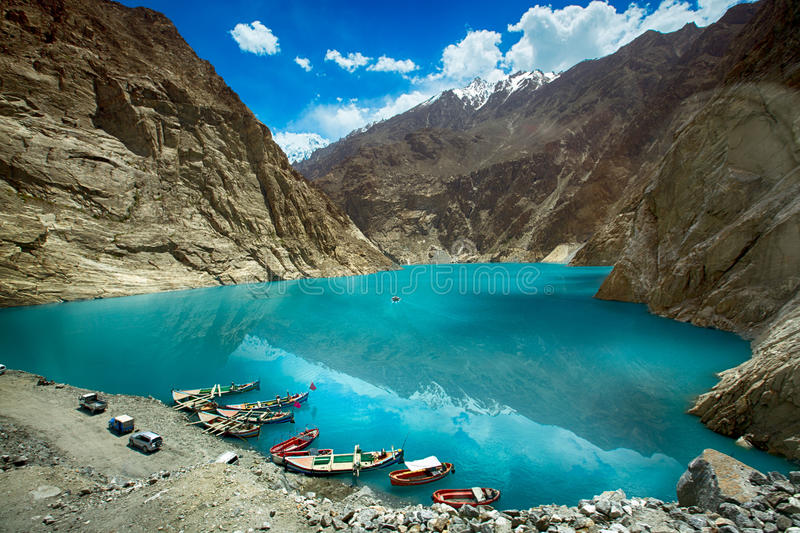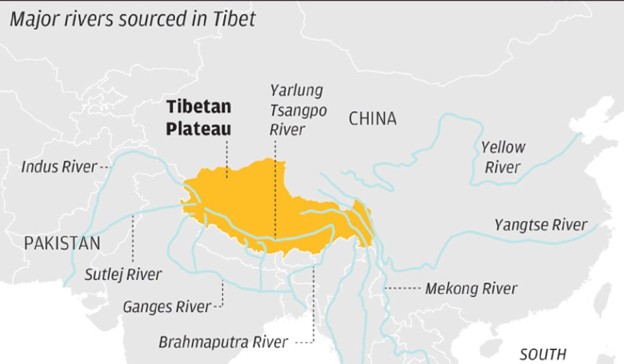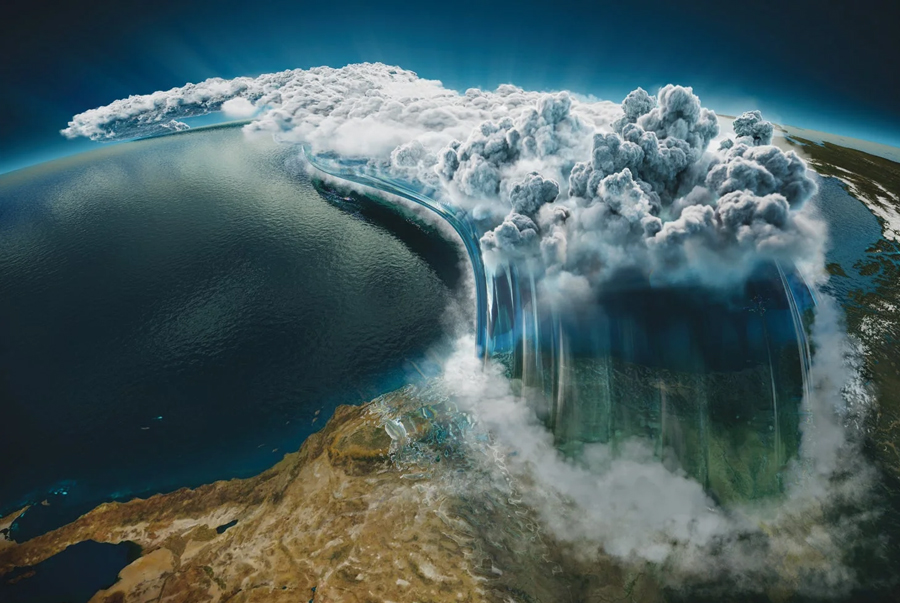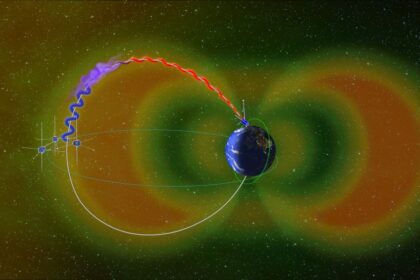Hi readers!
Do you remember that I promised to explain the impact of sky rivers on various aspect of lives, property and infrastructure. Actually, I was expecting some questions from you dear readers and following are which, few of you ask but very reluctantly. For example:
What are the general impacts of these ARs?
How to use Atmospheric Rivers as water resource?
What is the impact of ARs on Economy?
What is the role of climate change on ARs and,
How to reduce flooding and destruction caused by atmospheric rivers
So, let’s discuss one by one.
What are the general impacts of these ARs,
Imagine, that half of the California’s water supply comes from ARs often in the form of powerful downpours that can hit in series and cause floods. In the absence of AR, California can gradually proceed towards drought which may trigger wildfire if it proceed for longer time. The only way to come out of it is “getting heavy downpours only.
Many Western countries that frequently got wildfire welcome these downpours forgetting that the atmospheric rivers can trigger extreme flooding, debris flows especially when such downpours comes in series, occur over a prolonged period of time or are very intense., they inflict heavy loses to lives and properties. Pl see below the figure of Attabad lake.

How to use Atmospheric Rivers as water resource?
Atmospheric rivers are, in fact, responsible for the transport of almost all the water vapors in the atmosphere despite discharging a third of the water they carry either as rain or snowfall.
Chinese scientists from Tsinghua and Qinghai Universities has developed between 2016 and 2018: a new concept of atmospheric water. According t o which, Blue water is the one that is found in rivers, lakes, underground aquifers, and other sources that can be directly used by humans, Green water is the one that evaporates from the land surface and transpires from vegetation, while white water, exists when and where moisture with high potential to precipitate (for example monsoon clouds) moves into discontinuities in the atmospheric flow creating special boundary layers by air masses which are characterized by different gradients of temperature, velocity, pressure, or humidity upon meeting each other in the troposphere. Engineers and scientists named these discontinuities (gaps) as “sky rivers”: specific bodies of tropospheric water filaments that support identifiable spatial and temporal dimensions.
The focus of the previous research on atmospheric rivers has remained on the transportation of water vapor and its short-term manifestation in extreme weather events, while aim of the Sky River project is to transfer more water from the Yangtze to the Yellow river at their points of origin using (please see figure below) “water vapor transport” supported by cloud seeding and the satellite network. “Sky river project” is a “long-term configurational infrastructure” of atmospheric rivers that may be “fully brought into the water resources management system”.

“
Upon completion, the project will create more than 5 billion cubic meters of rainwater per year that would ultimately flow into the Yellow River in order to keep it flowing till the end of times. The dreams do come true. Isn’t it?
What is the impact of ARs on Economy?
On February 27, 2019, an atmospheric river pushed a cloud of water vapor through the sky from the tropical North Pacific Ocean to the coast of Northern California and was 350 miles wide and 1,600 miles long. The storm caused 21 inches of rain in Sonoma county (North of San Francisco Bay) only. The Russian River peaked at 45.4 feet (13.4 feet above flood stage) and caused damages of over hundreds of millions in Sonoma county alone.
Researchers have known that flooding due to atmospheric rivers could cost lots of money. Scripps Institute of Oceanography’s Center for Western Weather and Water Extremes estimated using 40 years of flood insurance records and 20 years of National Weather Service damage estimates that on the average, average $1.1 billion per annum worth of flood damages occurred in the Western U.S.A., only where more than 80% of all flood damages were associated with atmospheric rivers.
According to recently developed atmospheric rivers classification that ranks the storms from 1 to 5 ( similar to the systems that categorize hurricanes and tornadoes), there is a clear link between these categories and observed damages. The most significant finding of the study was an exponential relationship between the intensity of atmospheric rivers and the flood damages they caused. Each increase in the scale from 1 to 5 was associated with a 10-fold increase in damages.
Atmospheric River category 1 (AR1) and 2 (AR2) storms caused damages under $1 million. AR 3 storms caused median damages in the range of 10s and 100s of millions of dollars respectively. The most damaging AR4s and AR5s generated impacts of over $1 billion per storm. These billion-dollar storms occurred every three to four years.
What is the role of climate change on ARs?
A study made using the latest climate models CMI6 on the future atmospheric rivers as big as the one that hit Sydney: Australia on March 2021 (when thousands has to evacuate their houses in the middle of the night as Australia’s east coast was hit by record rainfall and widespread flooding) revealed that earth is currently on track for 2.7oC warming by the end of the century which means the chances of weather similar to March 2021 floods will increase by 80%, thereby triggering more extreme rainfall and flooding in Sydney.
The overall change in the climate will increase the occurrence of atmospheric rivers over the planet.
However, some researchers have argued that natural variability has helped produce a pattern of warming in recent years that leads to lower global temperatures than would otherwise have occurred (please read my blog on “Climate is changing alarmingly? OMG but how it is changing?” posted on June 30th, 2022), making it challenging to use observed warming for future projections.
Therefore, more research is needed to determine just how often we can expect these damaging events to happen, including the one that hit Southeast Queensland.
How to reduce flooding and destruction caused by atmospheric rivers?
By giving priority to:
Improving atmospheric forecasting systems,
Developing better understanding of atmospheric river’s intensity, duration, and landfall locations can help providing valuable information to the residents and emergency responders who can be saved in advance from damages inflicted to lives and property of the residents hit by the storm,
Construction in high-risk areas should be stopped forthwith while helping the people to move to safer locations after major disasters, rather than rebuilding their places (this is more important in Pakistani case),
Finally, it is important to reduce global greenhouse gas emissions. These storms will keep coming, and they’re getting stronger and stronger hence, stabilizing the global climate system is the only long-term way to minimize economic damages and risk to vulnerable communities.
That’s all for now dear readers. See you next week with something new. Please do watch my UTube channel “KiiD”, “Know it if you Don’t”.
Please like, share and subscribe the channel and press the bell icon so that you can keep getting new vlogs on every Monday. Thank you and take care.
Bye.





